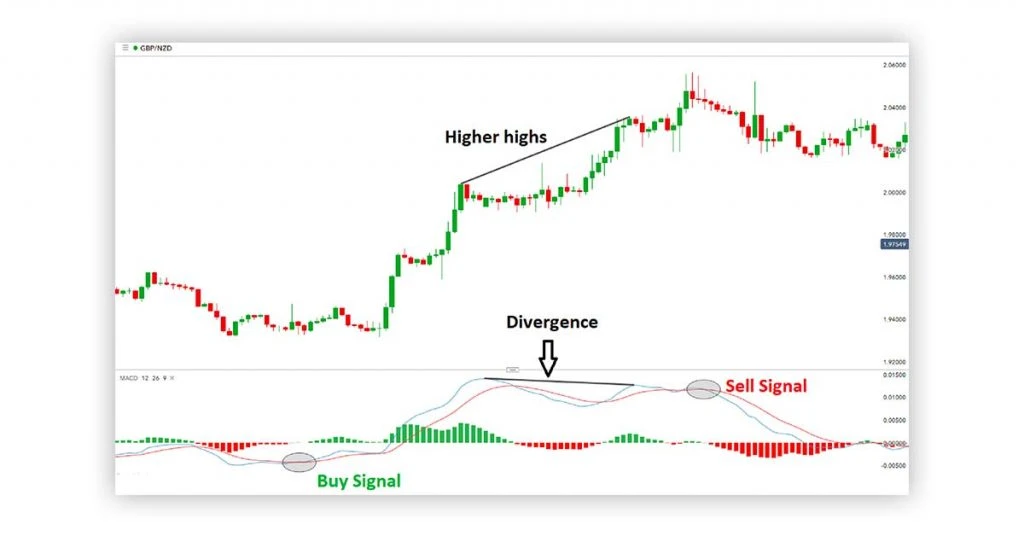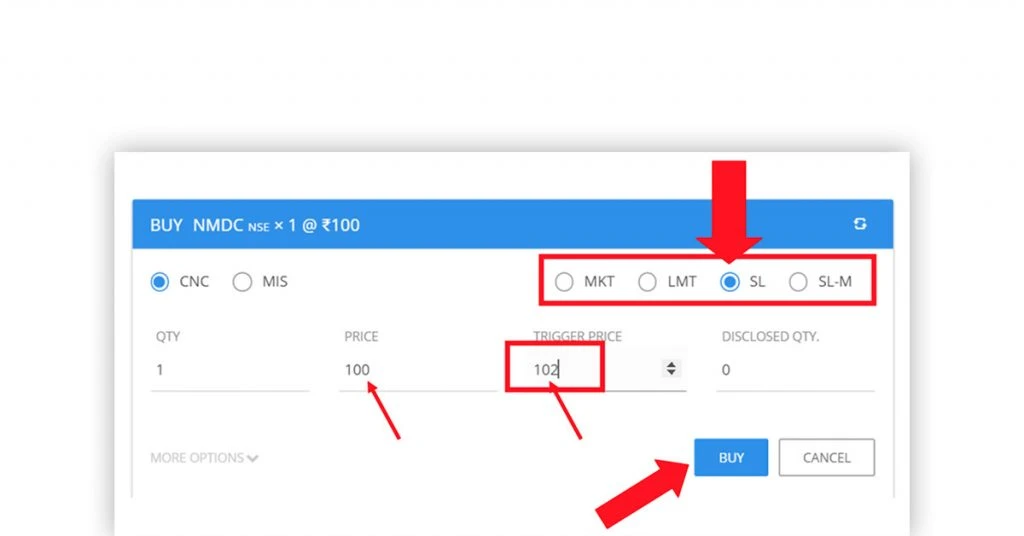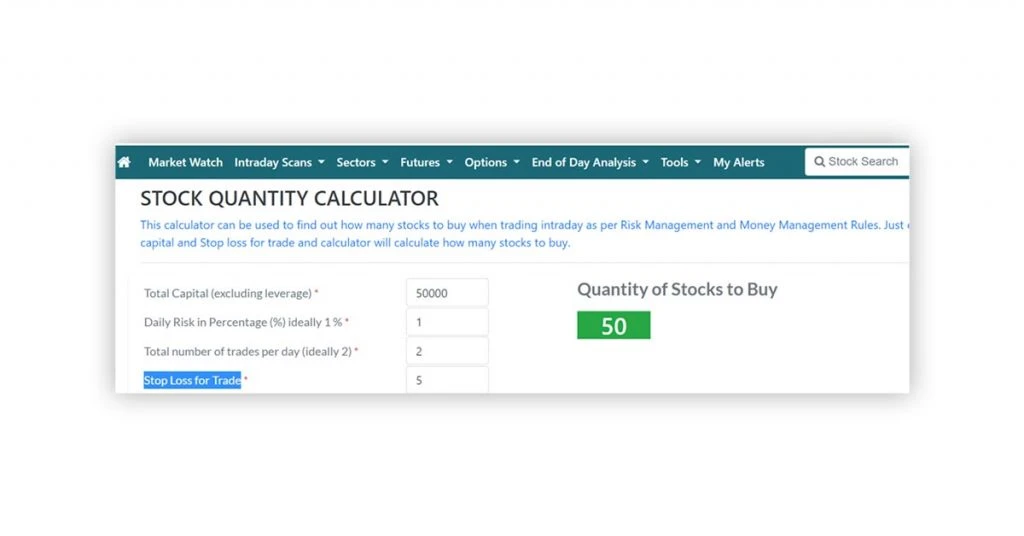Earning profits each day through trading is not easy. Day trading is also a risky proposition and can lead to loss as quickly as it can lead to profit. It requires a different strategy and execution than any other delivery, positional or swing trading. A strong and effective intraday trading strategy can minimize risk and maximize profit.
This article will tell you how to select stocks for intraday trading, determine the target, stop loss and quantity, and discuss some of the best execution strategies of options and equity intraday trading.
What is Intraday Trading?
For those who are new to the stock market, intraday trading strategy can be defined simply as buying or selling equity and settling it on the same day. The main aim of any intraday trader is to buy low and sell high – or sell high and buy low, in case of short selling (options only) – within a single day.
Intraday trading is different from ordinary trading, where you can buy equity for any term or options for a few days.
Most Profitable Intraday Trading Strategies
Intraday trading strategies are especially effective in the equity market. A trader can take advantage of intermediate day trends to make an intraday profit. Such techniques involve trading the underlying security in a particular direction over a few minutes to hours rather than the traditional holding period of days or weeks.
Assuming you already know the basics of stock market investment and technical analysis, here are intraday equity and options trading strategies.
Moving Average Crossover Strategy

The moving average crossover strategy is a simple and effective way to trade in intraday. It involves taking two moving averages, one slow (a few hours) and one fast (a few minutes), to generate buy and sell signals.
You wait for the fast-moving average to cross above the slow-moving average and generate a buy signal (in case of a long trade). It indicates that the trend is shifting upwards, and it’s time to buy.
Similarly, you wait for the fast-moving average to cross below the slow-moving average to generate a sell signal (for going short on trade). This indicates that the trend is shifting downwards, and it’s time to sell or create put option.
One of the benefits of this strategy is that it can be used in any timeframe from 1 minute to 15 minutes for intraday trading. Another benefit is that it doesn’t require fancy indicators or complex analysis. All you need are two simple Moving Averages (MAs).
Suggested Read: Top Nifty Buy Sell Signal Software for Indian Stock Market
Trend Following
Trend following is a strategy where you buy stocks in an uptrend and sell them when they start to trend downward. This strategy is highly effective, but it does require patience and discipline. It will help if you have a clear understanding of bullish and bearish patterns formed by candlesticks to execute this trade.
Scalping Strategy

Scalping is a more aggressive form of trading where you try to make small profits by taking advantage of minor price movements. It is quite a lucrative strategy if you execute it effectively. However, it requires quick reflexes and a lot of experience to turn profitable.
Breakout Strategy
Breakout trading is another popular strategy that involves buying stocks about to break out from their previous highs or lows. If you enter into the trade at the right time and exit before the stock reverses, this can be very fruitful. You need to check the Bollinger band and Dow’s theory to correctly identify the breakout.
However, this strategy can also be risky as you could be caught in a false breakout if you’re not careful.

Suggested Read: Best Stock Market Software | Best Trading Platforms
Steps to Execute the Strategies in Intraday Trading
Selecting one of the methods listed above to trade is just the first part of intraday trading strategy. To make profits, you need to correctly execute the trade with proper stock selection, setting entry and exit points, determining quantity, etc.
Stock Selection

There are more than 5 thousand companies listed on BSE and NSE, and you can’t trade in all. You can scan charts of 40-100 stocks before shortlisting a handful of stocks to trade. It would help if you shortlisted a maximum of 5 shares or options to trade.
Here is how you can select stocks for intraday trading:
- Try studying the charts and stocks before the market opens.
- Scan the stocks of Nifty 50 or Nifty 200 to search for a bullish pattern or bearish pattern (only for options)
- Analyze the chart based on 5 min -15 min candlestick patterns for intraday
- Shortlist all the stocks that form a recognizable candlestick pattern at the end of the day
- Also, review the charts of highest and lowest movers of the day.
- Add a few indicators like Volume, MACD line, RSI, SMA, and EMA to confirm the trade.
Note: You can use whatever indicator works for you the most. However, 44 SMA is one of the best indicators to analyze the equity intraday trade if you are new.
Set Entry Point
Once you have shortlisted the stock, you must define the entry point where you would like to call, put options, or buy equity. It will be most beneficial for you to enter the market at the opening hours of the market, i.e., 9:15 am.
- Equity: It would be best to enter the market within the first two bullish candles for intraday equity. You should enter the market at the upper end of the rising candle. If the market opens at a gap down, it would be best to avoid the trade that day.
- Options: While the intraday equity trading could be done on all days, it will be wise to avoid trading on Thursday as the premium decay is much higher. Also, you can determine call or put options depending on the candle pattern, support and resistance price and indicators. It would be wise to enter the market for options when all the factors confirm the trade.
Suggested Read: Best Professional Options Trading Software in India
Set Exit Point
It is crucial to determine the exit point of the trade. It would be best if you do not sit in front of your screen all day waiting for the trade to turn profitable.
- Equity: For beginners, it would be best for traders to set a maximum of 1-2 hours of trade and set the target and stop loss. If the target or stop loss is not met within the determined time, the trader should exit the trade.
- Options: For options, it would be wise to wait the whole time before your specified target is met or stop loss is hit on the option chain.
Determining the exact time to exit option is never conclusive, but the trader must determine the amount of risk and reward based on data, assumptions, and trends.
Determine Target and Stop Loss

It is essential to determine the profit intended and the risk you are willing to take before entering the trade.
- Equity: The lower tail of the first or second bearish green candle should be the stop loss for the equity intraday trade. It would be most beneficial for beginners to set a reward-to-risk ratio of 2:1.
For example: If the entry point is ₹ 100 and the lower tail of the candle is ₹ 95. then, the stop loss should be 95, and the maximum risk per share would be ₹ 5. So, the reward should be set as double the risk, i.e. ₹ 10. So, the target price should be ₹ 110 (100+10).
- Options: Traders should consider the premium and how much money are willing to lose at the maximum. Even if the trade goes against your favour, you will still have some money left from the premiums.
Another thing to consider when setting target and stop-loss orders while trading options is implied volatility. For intraday options, the reward-risk ratio could be 3: 1. The target could be set with Fibonacci retracement levels, and the stop loss could be set as three times lower than the target.
For example: If a short trade is currently trading at ₹ 500 and is expected to fall by ₹ 18 as per Fibonacci retracement, the target price would be ₹ 482, and stop-loss would be ₹ 500+ (18/3) = 506.
Determine the Quantity

It is crucial to calculate the number of lots or quantities before taking a position in the market.
- Equity: It is calculated on the amount of risk the trader is willing to take on each share.
For example, if a trader has ₹ 1 lakh and is willing to risk only 2% per trade, then the maximum loss that can be taken for that trade would be ₹ 2000. So, if we assume for a share trading at ₹ 100 the stop loss is at ₹ 95/share, then the quantity should not exceed 400 shares= ₹ 2000/ (100-95).
- Options: When trading options, it is essential to remember that you are leveraging your position. This means that a slight movement in the underlying security can have an enormous impact on the value of your Option.
The number of options you trade in should be based on the margin, premium and implied volatility. If the premium is high and implied volatility is low, it would be best to buy more quantities. The margin requirement and lot size should determine the amount.
For example, if you buy 10 contracts of an option with a ₹ 10 premium and a ₹ 500 margin requirement, you are effectively putting up ₹ 5,000 as collateral for the trade. This means that any move against your position could result in a 100% loss. Therefore, it is essential to trade with quantities you are comfortable with.
These strategies are typically used by individuals who have access to real-time market data, such as experienced stock and options traders and fund managers. If you want to trade in Intraday equity or options, you need access to suitable charting and technical analysis software.

Set Profitable Intraday Trading Strategies with AmiSignals

As a trader, to set a profitable intraday trading strategy, you need to study candlestick patterns, compare indicators, calculate margins, etc. AmiSignals is a robust technical analysis and charting software that gives you all the information you need to make informed decisions in the market.
With AmiSignals, you can easily see when there are potential tradable opportunities in the market. You can also set up custom alerts so that you are notified immediately when there is a trade opportunity that meets your criteria.
In addition, AmiSignals comes with built-in risk management tools that allow you to control your risk exposure and protect your profits. With these tools, you can easily manage your stop-loss levels and set profit targets to know your maximum risk and reward potential before entering any trade.
By using AmiSignals, you can take the guesswork out of intraday trading and increase your chances of success in the market. AmiSignals is worth considering as part of your overall strategy if you are serious about making money from intraday trading.
Here are Some of the Reasons to Choose AmiSignal for Trading
- Cloud-based technical analysis tool with no installation requirement
- Lifetime subscription so you don’t need to pay every month
- Four Level filtering system to give 96% accurate buy and sell signals
- Realtime Pop-up and notification system for signals
- Supports the Global market for quick follow-ups’ on intraday, positional, and swing trading
- Multiple chart watch on a single screen.
Suggested Read: Top Backtesting Software for NSE Stocks & Options in India
What are the Best Intraday Trading Tips?
While many traders make profit through intraday trading, it is bound to suffer loss sometime. However, here are some of the tips that can help maximize profits while minimizing risk in intraday trading.
Don’t carry positions: One of the most important things to remember when trading in intraday is not to take any positions overnight. This means that you should close out all your trades before the end of the day. This can avoid potential gap risks that could occur overnight.
Use stop-loss orders: A stop-loss order is an order you place with your broker to sell a security once it reaches a specific price. Using stop-loss orders, you can limit your losses if the market moves against your plan.
Cut losses quickly: In addition to using stop-loss orders, another critical thing to remember when trading in intraday is to cut your losses quickly if they do occur. This means exiting your losing trades as soon as possible to limit the amount of damage done.
Follow Wallstreet and other large Markets: NSE and BSE mimic WallStreet and other large markets. For example, if IT companies in the US show a dip in New York, Indian IT companies would follow the same. It helps predict the market.
Stick to the rules: One of the most important things you can do is sticking to your rules when it comes to intraday trading.
Avoid trades based on guesswork and news: Lastly, you should never trade based on guesswork or information. This is because the market can move quickly, and you could lose a lot of money on trade if you don’t have a solid plan.
Suggested Read: Best Technical Stock Screeners in India for Day Trading
FAQs on Intraday Trading Strategies
What is the most profitable intraday trading strategy?
There are so many different intraday trading strategies, and it depends on the individual trader's style and preferences. However, some of the most popular and profitable intraday trading strategies include trend following, scalping, and breakout trading.
What is the easiest day trading strategy?
One strategy may be easy for one trader but may not be easy for another. However, some easier day trading strategies include trend following and breakout trading. These strategies tend to be less complex and require less time and effort to implement than some more advanced strategies.
What is the reversal trading strategy?
The reversal trading strategy is used for trading against the current trend in the market. This type of strategy can be used when a trader believes that the market will reverse direction and head back in the opposite direction.
Is intraday trading good for beginners?
Intraday trading requires a basic understanding of the market, candlesticks and indicators. Although it is not widely preferred for beginners, it can be good if executed with proper research and strategy.
Is intraday trading profitable?
Intraday trading allows the trader to get in and out of trades quickly, which can be beneficial if the market conditions are favourable. However, intraday trading also requires a higher level of discipline and focus than other types of trading, so traders must understand the risks before getting started.
Which intraday trading is best?
The best intraday trading strategy depends on the individual trader's style and preferences. However, some of the most popular and profitable intraday trading strategies include trend following, scalping, and breakout trading.
Rajan is pursuing CA with a keen interest in trends and technologies for taxation, payroll compliances, Tally Accounting, and financial nuances. He is an expert in FinTech solutions and loves writing about the vast scope of this field and how it can transform the way individuals and businesses... Read more





























